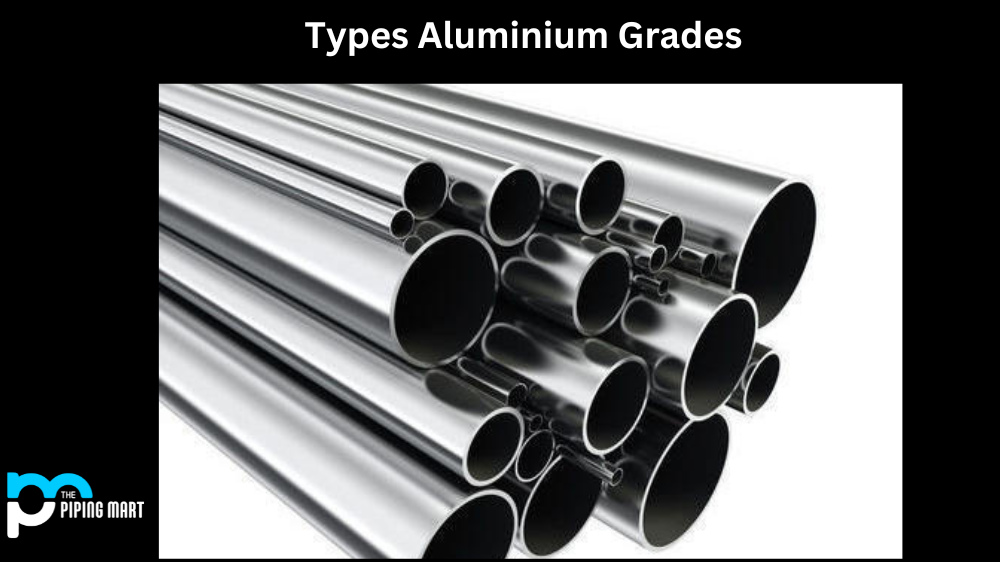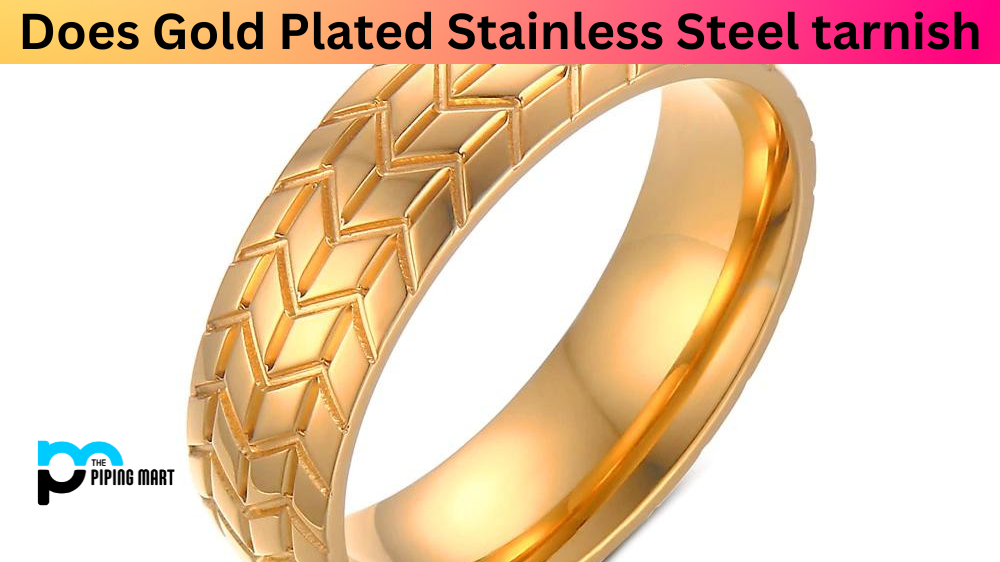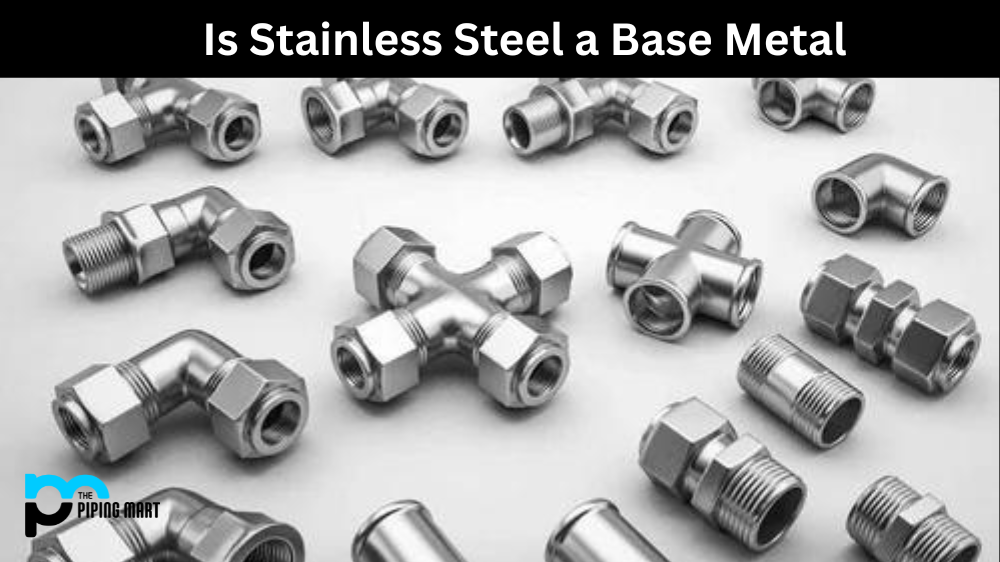Aluminum is one of the most widely used materials in manufacturing and construction due to its strength, light weight, and durability. But did you know that different aluminum grades are available for use? Learning what grade of aluminum is best for your project can save you time, money, and effort in the long run. Let’s look at some of the most common types of aluminium grades.
Aluminum Grade 1050 –
This grade of aluminium is typically used in sheeting and rolling applications. It contains 99% pure aluminium, making it very soft and malleable. It also has good corrosion resistance and is ideal for projects that require a high level of strength without sacrificing too much weight.
Aluminium Grade 2024 –
This grade is commonly used in aircraft components such as fuselages and wings because it has a high tensile strength-to-weight ratio. It contains 4-5% copper content which gives it excellent fatigue and corrosion resistance properties.
Aluminium Grade 5052 –
This grade is an alloy with magnesium, making it highly durable yet still lightweight. It also has excellent welding characteristics, often used for welding applications and marine components such as ship decks or hulls.
Aluminum Grade 6061 –
This grade of aluminum is known for its excellent formability and machinability properties, making it ideal for projects where precise shapes need to be formed or machined from raw material. It also has excellent corrosion resistance properties, making it suitable for outdoor uses such as furniture or window frames.
Conclusion:
Different types of aluminum grades have specific characteristics that make them suitable for other projects or applications; therefore, choosing the right grade can be essential to achieving optimal results with your project or product. Whether you need something solid but lightweight like Grade 2024, easily machinable like Grade 6061, or malleable like Grade 1050, there’s an aluminum grade out there to suit your needs! With this knowledge under your belt, you’ll be able to pick the correct type of aluminium confidently!

A passionate metal industry expert and blogger. With over 5 years of experience in the field, Palak brings a wealth of knowledge and insight to her writing. Whether discussing the latest trends in the metal industry or sharing tips, she is dedicated to helping others succeed in the metal industry.




